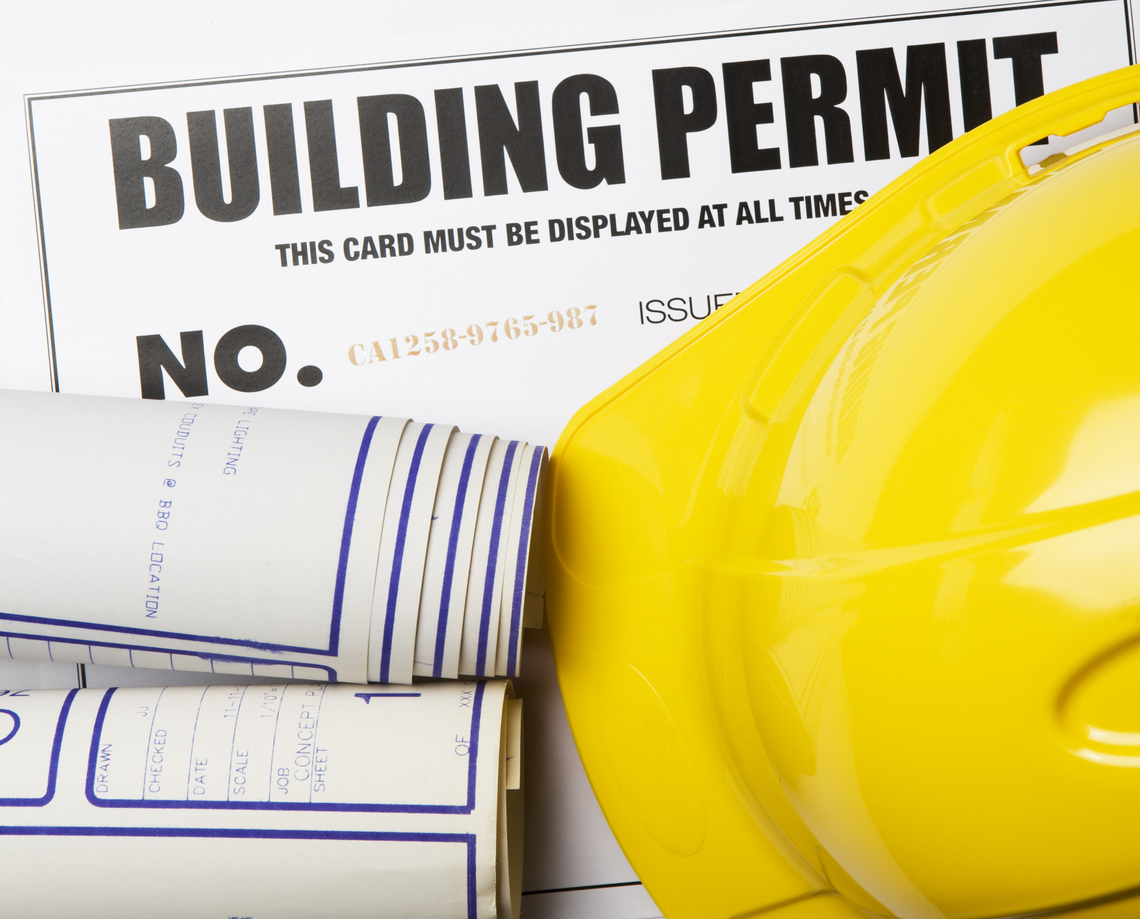Enservio’s director of training, Scott Petlewski, wrote an article Establishing Value on Contents Claims: 3 Bad Habits to Break, which demonstrates that proper contents adjustment is hard work. It can be time consuming, expensive from a labor standpoint, and fraught with error.
Just to prove my point, without looking, what is the brand, place of purchase, time of purchase, cost of purchase, and degree of wear & tear of:
- The shoes on your feet
- The socks covering your feet.
- Your pants, skirt, or dress.
- Your shirt on your back.
- Your jewelry on you.
- The soap, shampoo and brush you used earlier this morning to groom yourself?
For me, I know my shoes are brown and they are nice. I have no idea if they are five or ten years old. I forget the last time, if ever, I had them resoled. Dark socks—nothing more. No clue of the price and which store. My pants are blue jeans and very nice. I think I bought them in the last couple of years and for more than $100, but how much, I do not remember. I think I had to have it altered, but not certain if I was charged for that or not. My shirt is purple and has a croc on it. Who knows when I purchased it but it looked good enough for travel today. I have a Rolex watch given as a gift maybe 14-20 years ago. It still looks great to me. I would have to ask my former wife how much it cost and where she bought it. No clue about soap, shampoo or even which brush I used except that they all have been used and the soap has been used more than the newer bottle of shampoo. How do you describe the wear and tear of a brush?
Some people may have better memories and can recall all this stuff. Think how difficult it would be if you had to repeat all this for a major fire loss with little remaining, much less going through rubble to decipher what is left. Still, insurance company adjusters have an obligation to promptly and fully investigate all the contents loss and in good faith come up with a dollar figure of the estimated loss which will fully pay the policyholder.
The article by Scott Petlewski makes several good points that claims managers should consider when making processes that ensure the insurance company’s customers are receiving good faith claims adjustments of the contents loss. He notes three mistakes that insurers make when investigating and evaluating the value of a contents loss:
- Assuming that the “guesstimates” of value by policyholders is accurate.
- Expecting policyholders to make the evaluation themselves
- Accepting appraisals at face value
By far, it has been my experience that “expecting policyholders to make the evaluation themselves” is the most commonplace failure of property insurance adjusters and is a breach of the good faith obligation to investigate facts and evaluate value. Many insurance companies adjust the real property damage and then ignore the contents loss except for handing dozens of blank pages to policyholders. When insurance companies do this, they turn the insurance policy into a self-service product rather than fulfill their promise to adjust an important coverage.
To be fair, I have also noticed that some public adjusters do the same thing. They simply hand over blank pages and ask their client to do all the work—and then bill 10% to the client after the client has done most of the work.
Noting this issue, the National Association of Public Insurance Adjusters (NAPIA) has highlighted at its conferences over the past few years a number of content adjustment processes which various public adjusters use to quickly and accurately determine contents loss valuations. The best public adjusters have dedicated teams of contents adjusters with true expertise and motivation at documenting and presenting contents losses.
Being an insurance adjuster is a very high calling because policyholders and the public rely upon the adjuster to determine value and get the policy payments to the customer quickly. Insurance adjusters have to be a “jack of all trades” with knowledge about all kinds of property losses. Contents losses are tedious, time consuming, and difficult for many reasons. While contents losses may be an afterthought to many, it is just as important as other types of loss.



